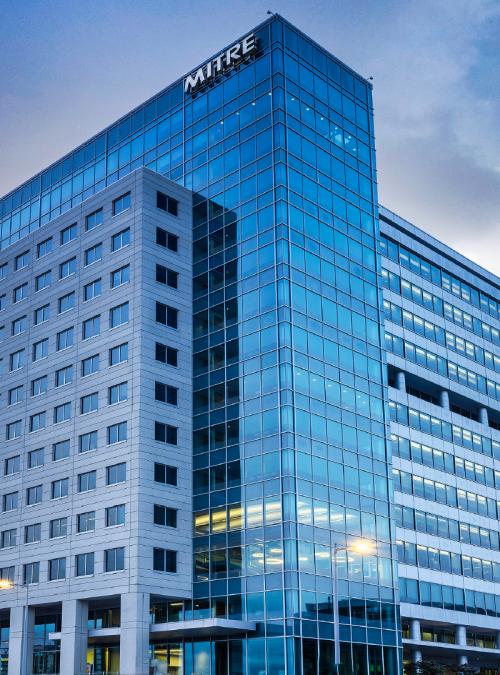Developing recommender systems on multivariate trajectory data as a practical tool for identifying emerging safety issues and supporting mitigations.

Finding What Matters: Recommender Systems for Identifying Safety-Critical Flight Patterns
When a serious aviation safety incident occurs, the stakes are high—the lives and trust of the passenger community are on the line. As the FAA and airlines recover from these incidents, one of the hardest questions to answer quickly is whether the event was an isolated anomaly or part of a larger systemic risk requiring immediate action. To address this question, industry and government safety analysts often use manual, rule-based approaches to determine if there is a larger systemic risk. While effective, this approach is slow, costly, and poorly suited to uncovering systemic issues or complex hazards not linked to known incidents.
To address the inefficiencies and costliness of the process, MITRE developed an analysis tool that combines a Flight Foundation AI Model with recommender system technology to identify similar portions or segments of flights. The MITRE developed model generates shared representations, or embeddings, of flight segments that can support a variety of tasks such as anomaly detection and classification. In this project, the model serves as the foundation for an aviation recommender system—AI tools designed to help users discover content they are likely to find relevant (e.g. movies, products, music).
In MITRE’s application, the recommender system helps safety analysts quickly find flights that are likely to be relevant to their investigation. Just as songs belong to albums by specific artists within a genre, flights operate within fleets under distinct airline procedures and FAA regulations. These procedures and regulations provide operational context and shape the behavior seen in flight data, much like how an artist’s style and musical influences shape their music. By selecting an example flight segment, such as a missed approach or an unusual turn, this unique MITRE-developed technology can quickly identify similar flights across massive datasets of multivariate time-series data. This means analysts can quickly determine if an issue is systemic, or just a one-off.
One advantage of MITRE’s design is that analysts can use the tool to select the portion of a flight leading up to a known safety event as the exemplar. It shows them if similar flights resulted in an incident or not. This information provides analysts knowledge of increasing risk in the national airspace and provides air traffic controllers and airlines time to mitigate them prior to an incident. Over time, this capability can also help analysts identify contributing factors and distinguish between patterns that lead to safety events and those that do not.
As aviation safety enters a new era powered by AI, tools like MITRE’s recommender system are helping to build a safer and more resilient national airspace. This technology supports a shift toward proactive and data-driven safety, making it possible to identify and address risks before they lead to incidents. While initially developed for aviation, the underlying approach has broad potential for any domain that relies on time series or trajectory data. From border security to automobile traffic analysis, operators, manufacturers, and government agencies can all benefit from faster insights and earlier detection of emerging issues.
For more information on MITRE's technology, or to inquire about licensing opportunities, contact our Technology Transfer Office at techtransfer@mitre.org.